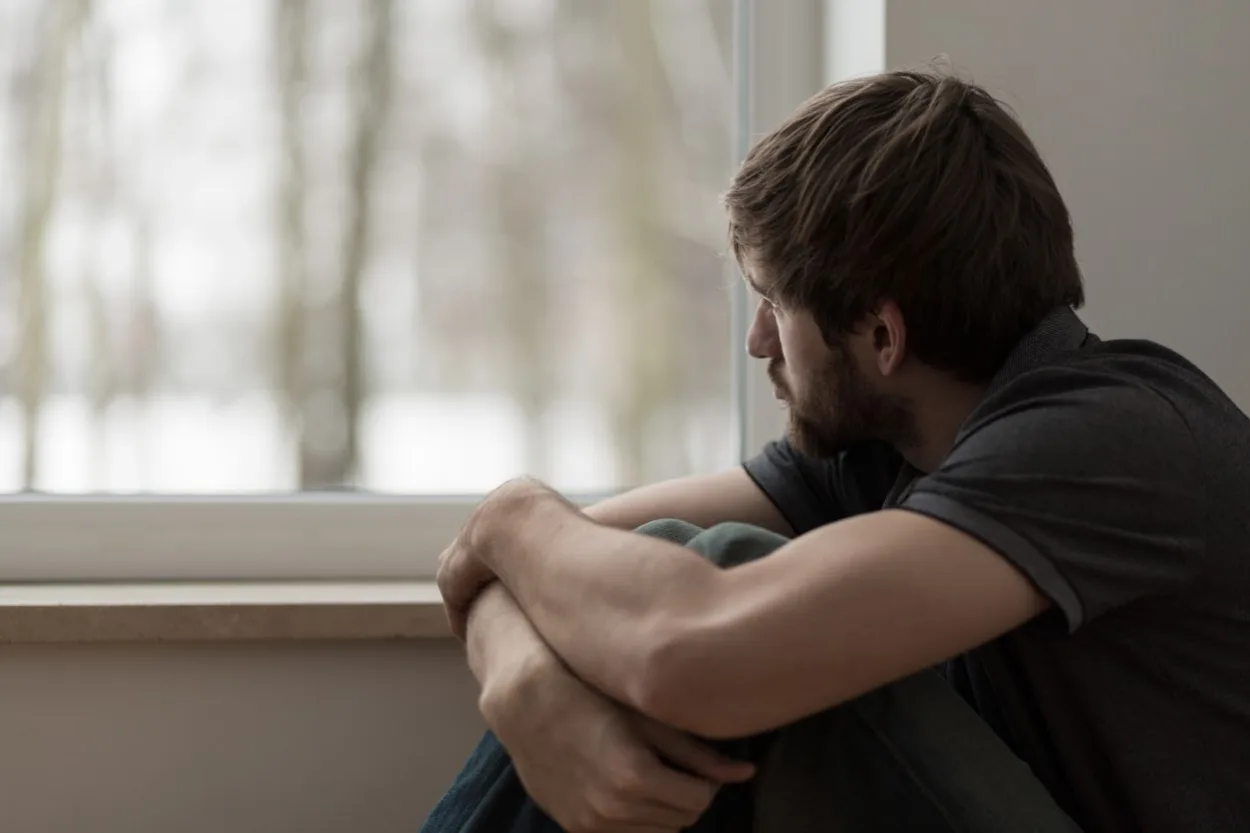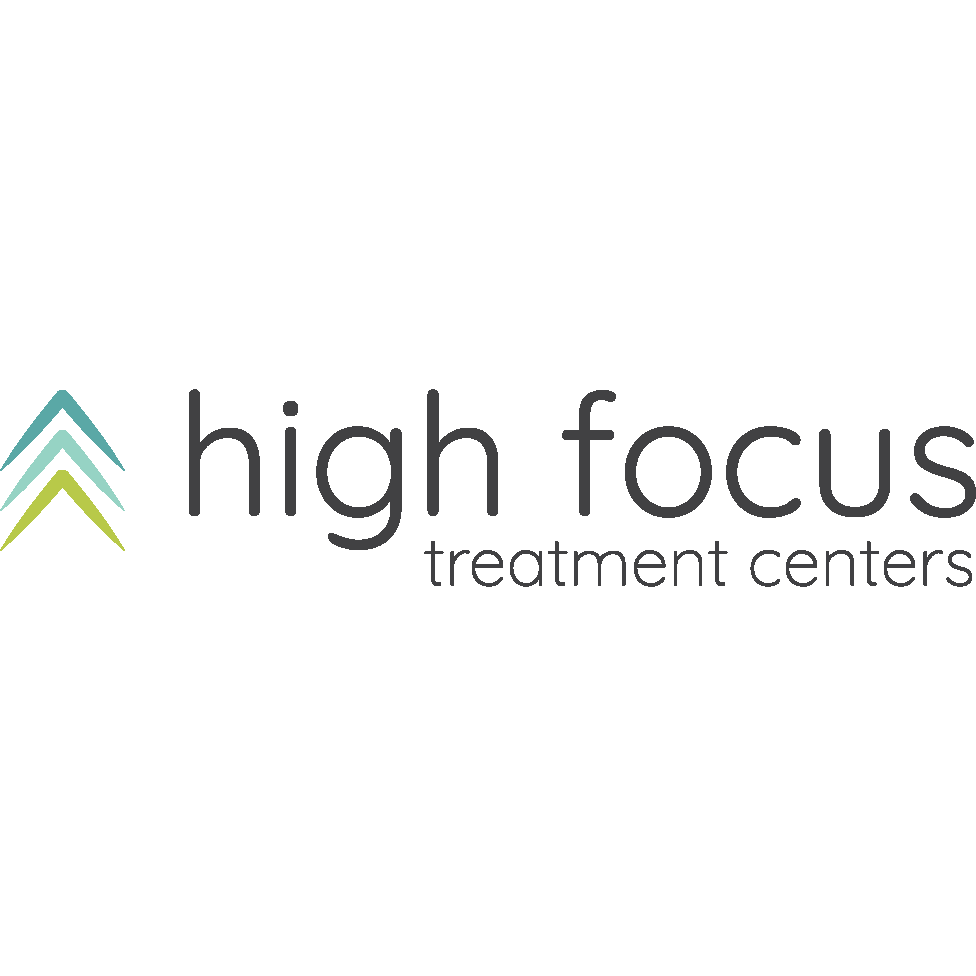
Although everyone’s mood fluctuates from day to day, for some individuals it prevents them from living their everyday lives. This article is a quick reference guide to the most common mood disorder types and how to treat them.
Mood disorder types and mood disorder symptoms are diagnosed using the Diagnostic and Statistical Manual of Mental Disorder (5th Edition). Additionally, a person cannot be diagnosed with a mood disorder if the symptoms are better explained by another medical condition.
Major Depressive Disorder
Definition: A person who experiences a depressed mood for the majority of the day on most days and has lost interest in previously enjoyable activities may be experiencing Major Depressive Disorder (MDD).
Symptoms: In addition to feelings of sadness and hopelessness, a person with major depressive disorder may experience the following:
- Changes in weight/appetite, sleep and energy level
- Feeling jittery or extremely slow-moving
- Feeling guilty
- Inability to concentrate
- Thoughts of death or suicide
Treatment: According to Mayo Clinic, there are various treatments for Major Depressive Disorder. Treatments include antidepressant medication, psychotherapy (aka talk therapy) and/or residential treatment.
Treatment is complemented by lifestyle supports, like an exercise routine, healthy diet, self-care, coping skills, spirituality and so on. This holistic approach is considered beneficial for all mood disorder types.
Bipolar Disorder
Definition: A person with Bipolar Disorder experiences sways between extreme highs (manic episodes) and lows (depressive episodes). There are two types of bipolar, one of which is more severe and usually requires hospitalization.
Symptoms: Manic episode symptoms are as follows.
- High self-esteem
- Little need for sleep
- Talkative
- High energy
- Inability to concentrate
Depressive episode symptoms are as follows.
- Low self-image
- Excessive sleep or inability to sleep
- Sadness
- Slow-moving and talking
- Decreased pleasure
Treatment: Psychotherapy and medication are most often recommended.
Dysthymic Disorder
Definition: Previously called dysthymia, this disorder is now referred to as Persistent Depressive Disorder (PDD). Dysthymia was used to designate a mild case of depression. The wording was changed to reflect the fact that any presence of depression is significant, even if the manifestations are less intense.
Symptoms: In order to receive a diagnosis of PDD, symptoms must be present for two years in adults and one year in children. Symptoms include the following.
- Feelings of sadness, hopelessness or irritability
- Difficulty concentrating
- Fatigue
- Loss of interest in previously enjoyable activities
Treatment: The most commonly recommended treatment is psychotherapy, usually reinforced by medication.
Generalized Anxiety Disorder
Definition: There are several anxiety-related conditions (such as separation anxiety, phobias, etc.), but perhaps the most well-known is Generalized Anxiety Disorder (GAD). Someone who is affected by generalized anxiety disorder has persistent worry or fear that is disproportionate to the thing or event itself.
Symptoms: The main symptom of anxiety is a pervasive worry, however, the following symptoms are also present.
- Assuming the worst-case scenario will happen and planning accordingly
- Seeing threats where none exist
- Fear of unknown variables
- Difficulty making decisions
- Focusing on a specific worry
- Feeling restless or agitated
- Decreased concentration
Like many other mood disorders, physical symptoms may also arise when symptoms are severe, such as headaches, muscle tension and indigestion.
Treatment: The primary modes of treatment for GAD are therapy and medication.
Post-Traumatic Stress Disorder
Definition: Post-Traumatic Stress Disorder (PTSD) is triggered by an event that is alarming or dangerous. A person could be a victim in the event or a witness in order to be affected by PTSD. People who suffer from PTSD experience anxiety and uncontrollable thoughts about the event that prevent healthy functioning.
Symptoms: PTSD impairs functioning in relationships, career and daily tasks due to the negative manifestations of traumatic memories. According to Mayo Clinic, these symptoms fit into four categories.
- Intrusive memories (flashbacks, dreams about the event and distress when thinking about the event)
- Avoidance (of places or things that recall the event)
- Negative thinking/mood (hopelessness, poor self-image, distancing oneself, feeling numb)
- Physical and emotional reactions (being startled easily, being overly defensive, self-destructive behavior, decreased focus, irritability and guilt)
Treatment: Therapy and possibly medication are the first line of defense for PTSD.
Panic Disorder
Definition: Panic Disorder fits into the category of anxiety disorders and occurs when someone experiences panic attacks. In order for a formal diagnosis of panic disorder, a person must fear future panic attacks, causing changes in behavior to avoid an attack.
Symptoms: With Panic Disorder, a person feels as if he or she will die during a panic attack due to the severity of the sensations. A person may fear having a heart attack, losing control or dying. Below are the symptoms of a panic attack.
- Increased heart rate
- Feeling jittery
- Chest pain
- Feeling like the throat is closing
- Shortness of breath
- Sweating
- Feeling lightheaded
- Feeling extremely warm or cold
- Fear of dying
Treatment: Again, the main treatments are therapy and medication.
Obsessive-Compulsive Disorder
Definition: Obsessive-Compulsive Disorder (OCD) gets an interesting reputation from tv shows and movies, but many people struggle with OCD on a daily basis. There are two components, the first is repeated thoughts (or obsessions) and the second is feeling compelled to perform certain actions (or compulsions).
Symptoms: Behaviors will vary for each individual, but they always form some type of routine. For example, many people who struggle with OCD have an intense cleaning routine, such as excessive hand washing.
- Intrusive thoughts cause anxiety or distress
- A person may attempt to suppress the thoughts with a certain behavior/compulsion
- Behaviors are unnecessary and usually take up at least an hour of the day
Treatment: Psychotherapy and antidepressant or psychiatric medications are the most common. Deep brain stimulation and transcranial magnetic stimulation are also options for those who don’t respond to other treatments.
It’s time to get help
Has your daily life been impacted by a mood disorder? If the mood disorder symptoms of one of the above disorders resonated with you, reach out for help. The Light Program can help you to get an accurate diagnosis and treatment. Call 610-644-6464 to get the help you deserve.





